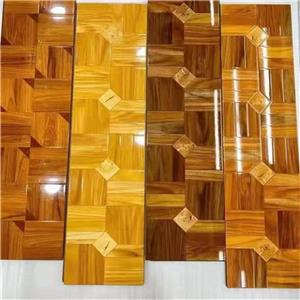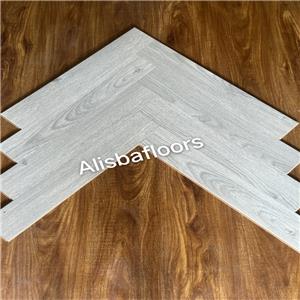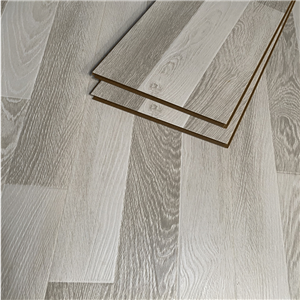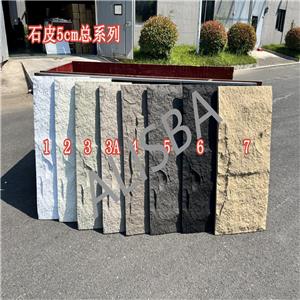How to install PVC ceiling of 595 * 595 * 7mm and 603 * 603 * 7mm
PVC ceiling Preparation before installation
material preparation
PVC ceiling: Accurately calculate and purchase sufficient quantities of corresponding specifications of PVC ceiling based on the area of the ceiling. At the same time, prepare additional spare PVC ceiling to prevent damage during installation.
Keel material: Choose light steel keel or wooden keel. If using light steel keel, it is necessary to prepare the main keel, auxiliary keel and their supporting connectors, suspension rods, and expansion bolts; If using wooden keel, prepare wooden beams that have undergone anti-corrosion and fireproof treatment, and prepare fixing materials such as nails and screws.
Auxiliary materials: wall corner lines, closing strips, sealant, etc. The corner line is used to decorate the junction between the ceiling and the wall; Closing strips are used to handle the connection between ceiling edges and different areas; Sealing glue is used to seal gaps, enhance waterproofing and aesthetic effects.
Tool preparation
Measuring tools: tape measure, level, used to measure installation space dimensions and ensure installation levelness.
Cutting tools: chainsaw, utility knife, or specialized PVC clip board cutter, used to cut clip boards to meet special size and shape requirements.
Installation tools: electric drill, screwdriver, hammer, rubber hammer, etc., used for drilling, fixing keel and PVC ceiling respectively.
Grassroots inspection and handling
Check whether the ceiling base is flat, dry, free of cracks and looseness. The unevenness of the base layer will affect the installation of the keel and the flatness of the buckle plate. For uneven base layers, it is necessary to level them with cement mortar or putty and wait for them to fully dry.
Remove dust, debris, etc. from the surface of the base layer to ensure a tight fit between the keel and the base layer.
Dragon bone installation
Installation of light steel keel
Positioning snap line: According to the design requirements and buckle size, snap the installation position lines of the main and auxiliary keels on the ceiling base. The spacing between main keels is generally 900-1200mm, and the spacing between secondary keels should be compatible with the size of the PVC ceiling to ensure that the PVC ceiling can be accurately installed on the keel.
Installation of suspension rod: Use an electric drill to drill holes on the ceiling according to the snap line position, insert expansion bolts into the holes, and then install the suspension rod. The suspension rod should be perpendicular to the ceiling, and the length should be adjusted according to the actual situation to ensure that the installation height of the keel is consistent.
Installation of main keel: Install the main keel on the suspension rod, fix it with connecting pieces, and use a level to check and adjust the levelness of the main keel at any time, with deviation controlled within the allowable range.
Installation of secondary keel: Install secondary keels on the main keel, intersecting vertically with the main keel and tightly connected through specialized connectors. The installation of the secondary keel should ensure even spacing and a smooth surface.
Installation of wooden keel
Positioning drilling: Similarly, mark the installation position line of the keel on the ceiling base, and then use an electric drill to drill holes. The depth and diameter of the holes should match the wooden wedges.
Fixed wooden wedge: Insert the wooden wedge into the hole, firmly embed it into the base layer, and provide stable support for the wooden keel.
Installation of wooden keel: Fix the wooden keel on the wooden wedge with nails or screws according to the marked line position. During the installation process, pay attention to the flatness and verticality of the wooden keel, and use a level and a square ruler to check and adjust it. The splicing between adjacent wooden keels should be tight and smooth.
Installation of PVC ceiling
Install wall corner line
Install corner lines at the junction of the ceiling and walls. First, cut the appropriate length of wall corner line according to the circumference of the room, and then use sealant or nails to fix it to the wall. The installation of wall corner lines should ensure horizontal and vertical alignment, and the interfaces should be tight and aesthetically pleasing.
Installation of PVC ceiling
Installation of initial PVC ceiling: Start installing the first PVC ceiling from one corner of the room. Accurately insert one end of the buckle into the groove of the wall corner line, then align the other end with the groove of the auxiliary keel or triangular keel (if there is a triangular keel specifically used for buckle installation), gently apply force to fully insert the buckle into the groove of the keel, ensuring that the buckle is installed firmly and without looseness.
Subsequent installation of PVC ceiling: Install the remaining buckle plates in sequence. Every time a PVC ceiling is installed, it should be tightly spliced with adjacent buckles, and the pattern and direction of the PVC ceiling should be consistent to ensure overall aesthetics. During the splicing process, a rubber hammer can be used to gently tap the PVC ceiling to better fit with the keel and align with adjacent PVC ceiling.
Special position handling: When encountering special positions such as lighting fixtures, ventilation openings, air conditioning vents, etc., it is necessary to cut the PVC ceiling according to the size and shape of these devices. Carefully cut with a chainsaw or utility knife to ensure accurate cutting dimensions. The cut PVC ceiling should be installed tightly around the edge of the equipment, achieving seamless docking to ensure overall sealing and aesthetics.
PVC ceiling Installation completion
Inspection and adjustment
After installation, thoroughly inspect the flatness of the PVC ceiling. Use a level to check the entire surface of the ceiling, ensuring that there are no obvious unevenness in the PVC ceiling. If there is any unevenness, it is necessary to adjust the position of the keel or PVC ceiling for correction.
Check whether the joint gap between the PVC ceiling is uniform and tight. For areas with large gaps or loose joints, make appropriate adjustments to ensure the overall appearance quality of the ceiling.
Check whether the installation of corner lines, closure strips, and other parts is firm and aesthetically pleasing, and whether the interface is well sealed. If necessary, use sealant to further seal the gaps.
Clean up the site
Clean up the waste, dust, and other debris generated during the installation process to maintain the cleanliness of the construction site.





